
Urban Garden
Pocket parks are defined as small parks accessible to the general community. It usually contains a sitting area and may or may not include a recreational area. Mainly, it provides greenery and a place to sit outdoors for the community.
The proposed area for the new pocket park is on an undeveloped lot on the intersection of Holly and Simmons in Las Vegas, Nevada. The lot is next to residential housings. The proposed plot of land is an excellent area because residents living nearby can easily access the park and interact with each other.
The pocket park I plan to design include aspects such as recreations and elements to serve families with children. In addition, it should also include a serene and peaceful area for the individuals who would like to enjoy the nature. The chosen area is a medium size plot of land, perfect for pocket parks. I plan on incorporating a Japanese style garden for the more tranquil areas of the park. Also, I plan to include the stereotypical “American family board game night” into the park, such as Scrabble, which the letter pieces can be used as stools to sit. Giant chess pieces are also other ideas to include in the park. The mix of a Japanese style garden and American board games creates an integral style with culture. In addition to the peace and recreations, I plan to develop a community garden and orchard. Residents are allowed to plant vegetables and fruits in the community garden for everyone to share. Each area will have approximately an equal share of the land.
With more vegetation and greenery, the area will improve aesthetically and it will drastically change the environment physically. Trees will provide shade for the dry Las Vegas weather during the hot summers. In addition, the new pocket park can increase the price value of the surrounding housing.
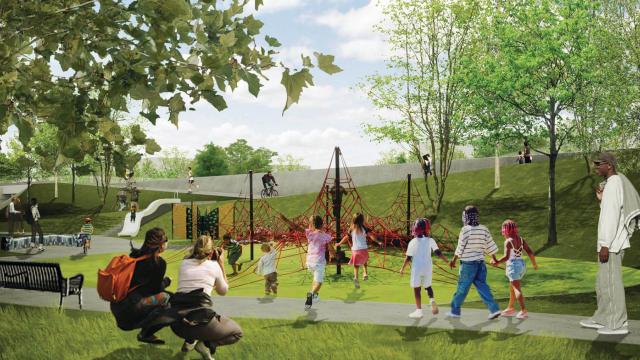
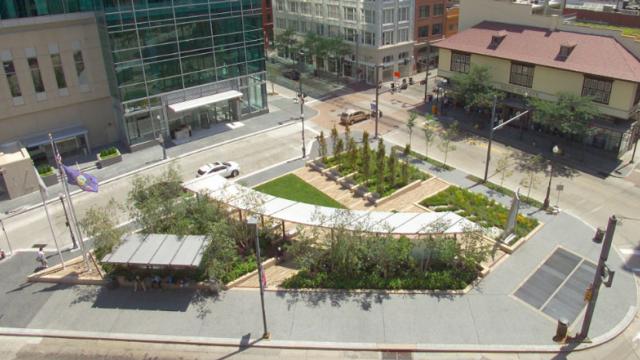


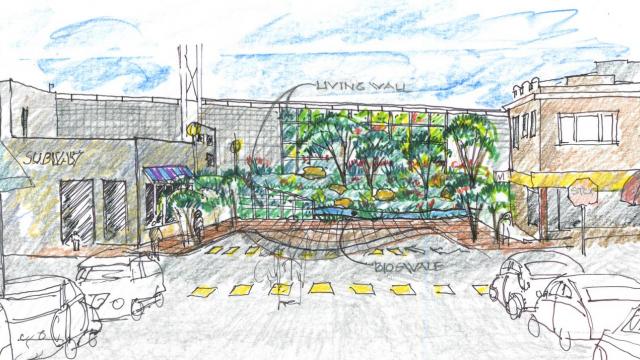

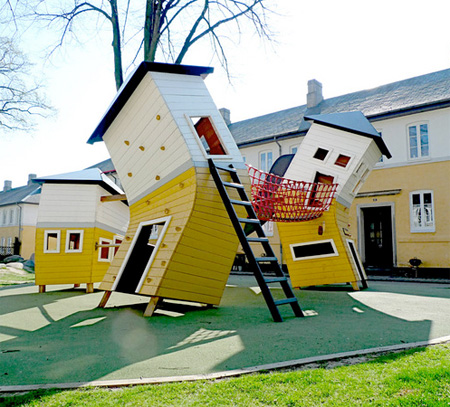

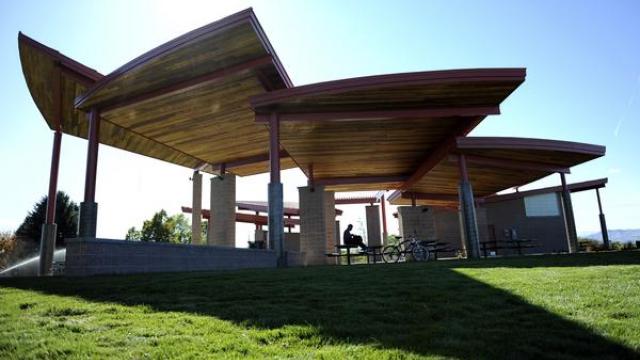


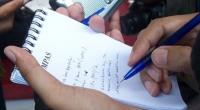
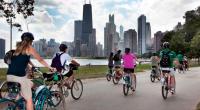





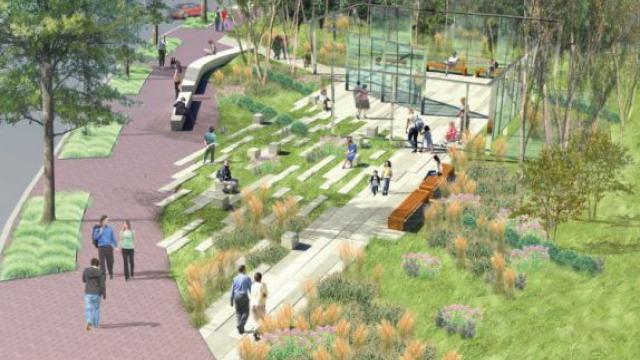
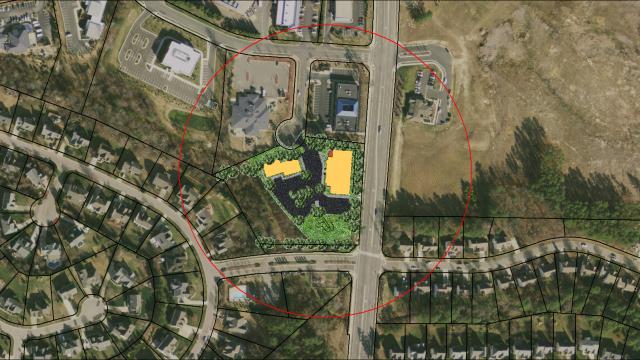
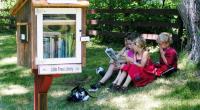
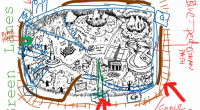





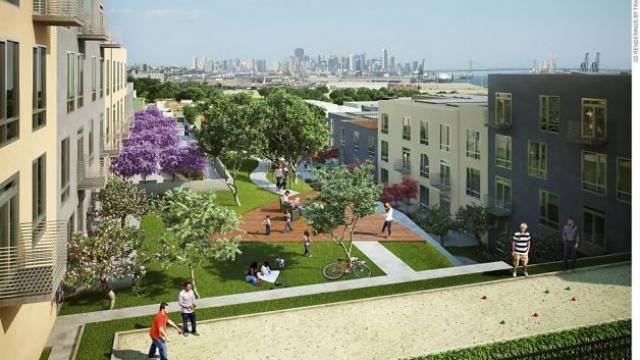
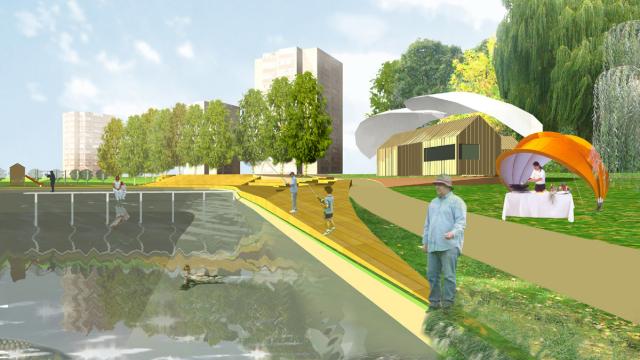








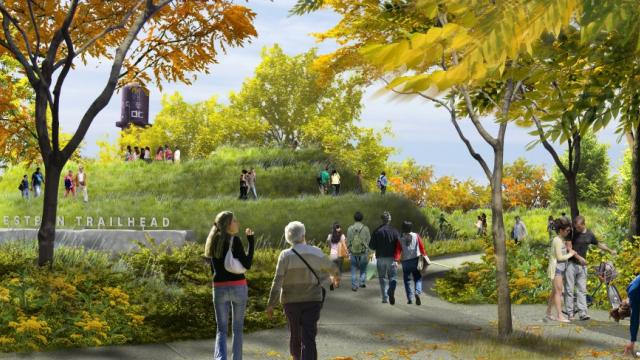
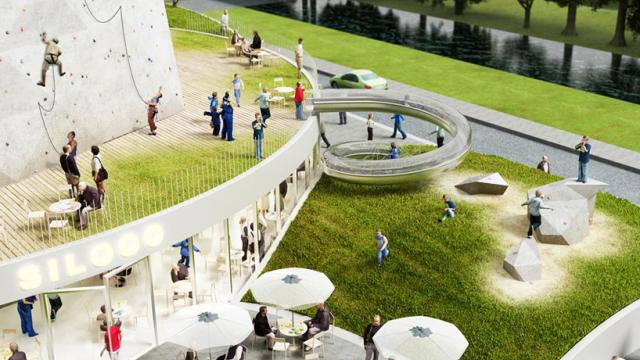
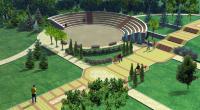







Comments
Great work on this project! Inventive, clear and thoughtful. Great drawings and labels during your develop solutions steps. I can see exactly what you described throughout your steps including park interactions. Because I am such a big fan of you drawings, I would have actually liked to have seen a more detailed hand-made rendering of your park, because that would have really tied things together for me.
You also did a great deal of writing that I found very helpful in putting things together.
GREAT job.
T